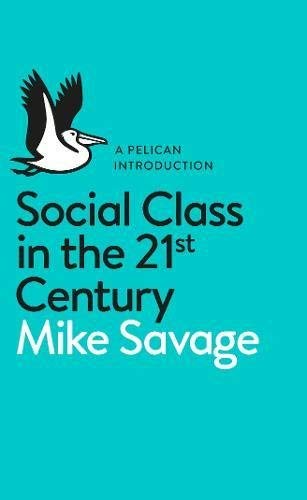What do you think?
Rate this book


Paperback
First published October 13, 2015
Emerging cultural capital is therefore not about liking popular culture per se, but rather demonstrating one’s skill at manoeuvring between the choices on the menu, and displaying one’s careful selection of particular popular musical artists; through one’s ability to pick, choose, and combine ‘the best’ of popular culture. Moreover, this type of popular discernment was not just about what you like but why you like it. [...] In any case what is most central here is a particular style of aesthetic appreciation, a certain detached, knowing orientation to popular culture that demonstrates both an eclectic knowledge and a privileged understanding.
Most people are now ambivalent and hesitant about which class they belong to, and when quizzed about it often prefer to reflect on the way that they straddle different classes. Class is important not so much as an overt badge (when people feel proud to belong to a class), but more in the way that prompts moral and emotional reactions, especially negative ones. It matters more which class you do not belong to, rather than which one you think you do belong to. [...] It follows that class identities operate in a complex and contradictory way. They hold out images and values, often unattainable, remote, or locked in the past.